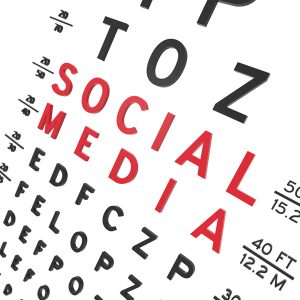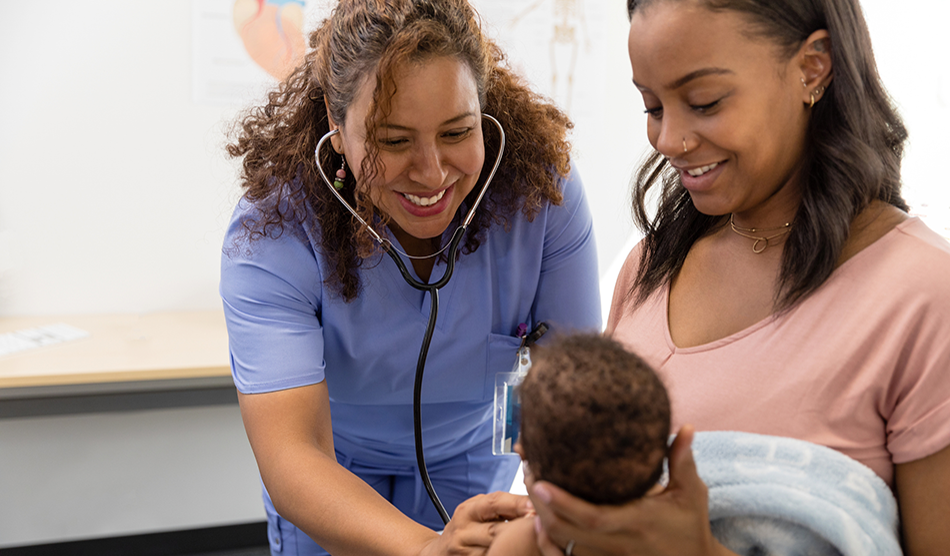 According to Nielsen Newswire, in a single day, Facebook users share 2.5 billion pieces of content, YouTube users upload 12 years of video, Instagram users upload 40 million photos, and Twitter users send 400 million tweets.
According to Nielsen Newswire, in a single day, Facebook users share 2.5 billion pieces of content, YouTube users upload 12 years of video, Instagram users upload 40 million photos, and Twitter users send 400 million tweets.
The Pew Internet Project conveys, as of May 2013, 72 percent of online adults use social media. And digital experts at “social and content accelerators” Convince & Convert report 55 percent of Americans aged 45-55 have a profile on a social networking site. These are impressive statistics, but how can they lead to improvements in our healthcare system?
In the last decade, social media has contributed to exponential brand awareness and business growth across all industries. The healthcare business is drastically impacted by such issues as the impending physician shortage, and caring for our diverse and growing patient populations. In recent years, social media has become a very prominent platform for the discussion of such topics and others among members of the medical community.
A recent Forbes magazine article discusses how social media is helping grow the FOAM trend, or free open access “meducation,” and is significantly transforming how medical information is shared and transferred among emergency medicine physicians.
Furthermore, the dissemination of podcasts and online lectures via Twitter, Facebook, and other file-sharing applications now facilitates the rapid transfer and sharing of medical advances, which can potentially save lives and improve medical care.
To test this theory and improve the steady decline of interest in the subspecialty of nephrology among medical students, Kenar Jhaveri, MD, and Hitesh Shah, MD, launched “NephMadness,” a social media gaming model involving various blogs and Twitter, and the largest educational social media campaign to date.
Mimicking March Madness, the NCAA men’s Division I basketball tournament, NephMadness utilized 64 nephrology achievements and concepts that were then divided among eight blog posts and 11,534 words. Over the next month, the 64 were narrowed to one winner in a combination of scripted, test outcomes and online voting. Over the course of the campaign, NephMadness generated 34 separate blog posts, 473 tweets, and 519, 323 impressions using #NephMadness.
Due to a negative and unbalanced perception of the educational experience—and exposure residents and students currently have in their nephrology rotations—Mitchell A. Fogel, MD, FACP, chairman and vice president of St. Vincent’s Department of Medicine expressed this social media experiment could have a drastic and positive impact on the future of nephrology.
“Social media can be effective at increasing public awareness of kidney disease, and for young medical trainees, may help to bring contemporary issues to light,” Fogel said. “Ultimately, this will lead to better patient care, with increased attention on quality of life issues for patients with end stage renal disease (ESRD) whom require dialysis.”



